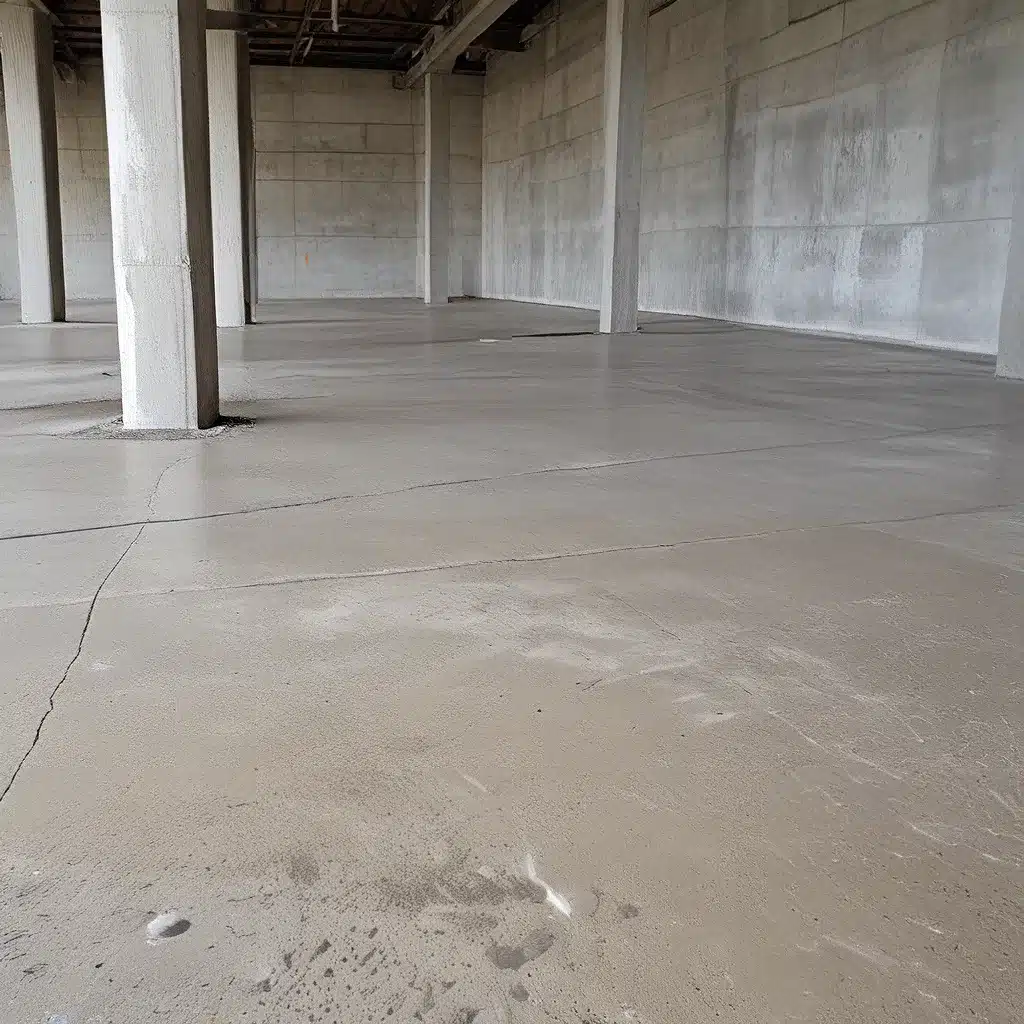
Concrete is the backbone of construction, and keeping it in good condition is essential for the longevity and structural integrity of any building or infrastructure. However, over time, even the most durable concrete can succumb to various problems, such as cracking and spalling. These issues can not only compromise the aesthetics of a facility but also lead to more significant structural concerns if left unaddressed.
Understanding Common Concrete Problems
One of the most prevalent issues with concrete is cracking. Understanding the different types of cracks can help identify their underlying causes and determine appropriate repair methods.
Plastic Shrinkage Cracks
These cracks occur during the curing process when rapid moisture loss causes the surface to shrink. Proper curing techniques, such as the use of curing compounds or moist curing, can help prevent this type of cracking.
Drying Shrinkage Cracks
As the concrete dries and loses moisture over time, it undergoes shrinkage, resulting in these cracks. Ensuring a proper concrete mix design and using the right amount of water can mitigate this issue.
Settlement Cracks
Uneven soil settling beneath the structure can cause these cracks. Proper site preparation and foundation design are crucial to prevent settlement-related cracking.
Structural Cracks
These are typically caused by excessive loads or foundation movement. Addressing the underlying structural issues is necessary to repair these cracks effectively.
Understanding common concrete problems and their effective solutions is key to ensuring the longevity and aesthetic appeal of your concrete.
Addressing Concrete Spalling
Another common issue in concrete is spalling, which refers to the chipping or flaking off of the surface layer. Spalling not only compromises the overall aesthetics of the concrete surface but also exposes the underlying layers to moisture penetration and further damage.
Causes of Concrete Spalling
- Freeze-Thaw Cycles: Exposure to repeated freezing and thawing can cause water to expand and contract within the concrete, leading to spalling.
- Chemical Damage: Certain chemicals, such as de-icing agents or chloride-based compounds, can penetrate the concrete surface and contribute to spalling.
Repairing Spalled Concrete
To repair spalled concrete, start by removing the damaged portions and cleaning the area thoroughly. Then, apply a bonding agent and use a suitable patching material to restore the surface. In cases of significant damage, resurfacing the entire area may be necessary.
Preventing Concrete Scaling
Another common issue is scaling, which refers to the flaking or peeling away of thin layers from the surface of hardened concrete. This can occur due to freeze-thaw cycles, poor finishing techniques, or inadequate curing processes.
Addressing Concrete Scaling
- Remove Loose Material: Start by removing any loose debris or scaling using a wire brush or power washer.
- Repair Surface Imperfections: Fill in any pitted areas with a repair mortar mix.
- Seal and Protect: Apply an appropriate sealer or coating to protect against future scaling and enhance durability.
Proper maintenance practices, such as regular sealing and avoiding harsh de-icing chemicals, can help prevent scaling in the long run.
Mitigating Concrete Discoloration
Concrete discoloration can result from various factors, including improper mixing, insufficient curing time, or exposure to certain chemicals or environmental conditions.
Addressing Concrete Discoloration
- Cleaning Agents: Utilize mild cleaning agents like trisodium phosphate (TSP) or specialized concrete cleaners to remove stains caused by oil spills, rust, or organic matter.
- Acid Stain Removal: In cases where acids have caused discoloration, acid etching might be necessary, followed by neutralization and thorough rinsing.
- Surface Overlays: If all else fails, adding a decorative overlay can provide a fresh look to discolored concrete surfaces.
Remember, prevention is the best approach: Avoid using incompatible materials or chemicals that could potentially cause discoloration.
Maintaining Concrete Integrity
Proper maintenance practices are crucial to preserving the integrity and appearance of your concrete surfaces. Regular sealing, cleaning, and addressing any issues promptly can significantly extend the lifespan of your concrete and prevent more extensive and costly repairs down the line.
At Concrete Contractor Kansas City, we understand the importance of maintaining high-quality concrete surfaces in industrial facilities. Our team of experienced professionals specializes in concrete installation, repair, and maintenance, ensuring that your facility’s concrete remains strong, durable, and visually appealing.
Whether you’re dealing with cracking, spalling, scaling, or discoloration, our experts can assess the issue, provide a tailored solution, and execute the necessary repairs with efficiency and precision. We take pride in our commitment to customer satisfaction and delivering top-notch results that exceed your expectations.
Don’t let concrete problems compromise the integrity and functionality of your industrial facility. Contact us today to learn more about our comprehensive concrete services and how we can help you maintain the long-term health and appearance of your concrete surfaces.

